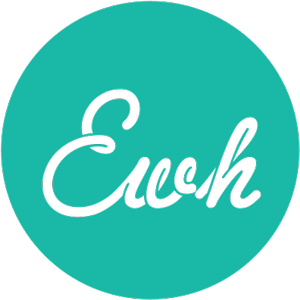
“De-Rhyming” – or, Converting Your Verse Picture Book to Prose
 Recently, a former student and colleague of mine asked for advice on how to convert her picture-book-in-verse to prose. An editor had requested the change, which wasn’t surprising since it’s still true that verse picture books are a much tougher sell than narrative prose.
Recently, a former student and colleague of mine asked for advice on how to convert her picture-book-in-verse to prose. An editor had requested the change, which wasn’t surprising since it’s still true that verse picture books are a much tougher sell than narrative prose.
If you write in verse, it’s always a good idea to write a prose version of your story as well – even if you convert it back to verse – to be sure that you have hit all the necessary structural, storytelling and character arc points that can easily get obscured or overlooked by obligation to the rhyme.
It’s also a good idea to consider why the story can be better told in verse than in prose, or vice versa. If the story is about music, say, or any subject that is innately lyrical, rhythmic or playful, then verse might be a good way to go. But if musicality or rhythm isn’t connected to the subject matter in any way, you’re probably better off telling the story in prose.
Converting from verse to prose is really a question of re-writing each line, couplet, or stanza, in prose sentences that focus on action and narrative or emotional arc. So, taking an example from a classic picture book in verse, Madeline, it might look something like this:
“In an old house in Paris
that was covered in vines
lived twelve little girls in two straight lines.
In two straight lines, they broke their bread
and brushed their teeth
and went to bed.”
A prose version (with apologies to Ludwig Bemelman):
“In an old Parisian villa, long, long ago, twelve little girls lived side by side. The girls did everything together. They ate their meals, they brushed their teeth, and they went to their beds, always together, and always lined up in an orderly fashion.”
Focus on the characters, action and events, first and foremost. You can always add descriptors later, if necessary – but bear in mind that in today’s picture books we avoid writing what the art will show. (So, “covered with vines” might be unnecessary, since the art will show that.)
Practice converting some classic rhyming picture books yourself as an exercise before tackling your own, just to get the hang of it. It’s a good way to learn – and a great deal of fun!
